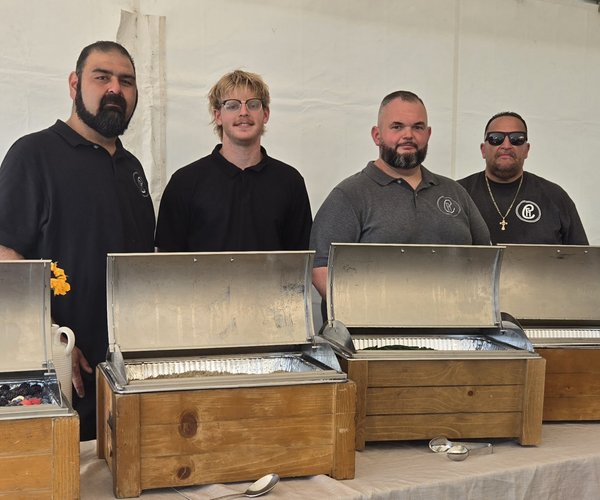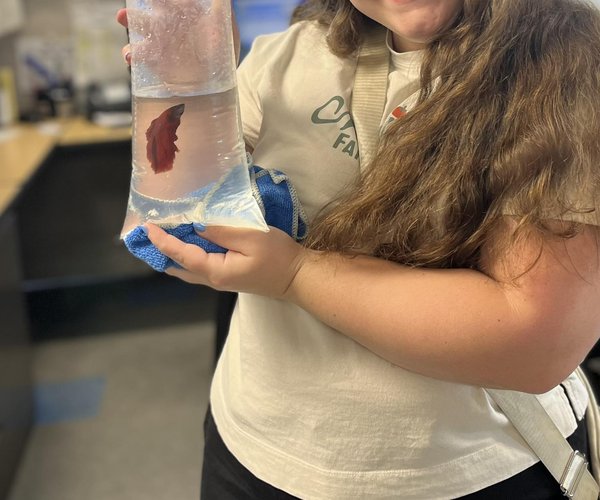For those already concerned about the spread of West Nile Virus, health officials have added another reason to avoid mosquito bites with the announcement that a disease absent from the region for more than 40 years has made a reappearance.
The East Side and Turlock Mosquito Abatement Districts have received confirmation that a mosquito sample from Stanislaus County has tested positive for St. Louis Encephalitis virus, which is similar to West Nile Virus and carried by the same type of mosquitoes.
Like West Nile Virus, most people who become infected with SLEV will never feel sick. Most people who do feel sick will have mild flu-like symptoms. A small number of people will have severe disease with headache, confusion, disorientation, and dizziness. Seizures, paralysis, coma, and sometimes death may occur. Severe disease is more likely in people who are older and those with weakened immune systems.
Also like West Nile Virus, there is no vaccine for SLEV or a specific course of treatment, so health officials are urging county residents to take precautions to avoid being bit.
“It is very important that people take precautions to protect themselves and their families from mosquito bites,” advises Dr. Julie Vaishampayan, the Stanislaus County public health officer.
This is the first detection of SLEV in Stanislaus County in over 40 years. Statewide, there have been 17 mosquito samples that have tested positive for SLEV this year. They are from four counties including Fresno, Kern, Kings and Riverside. There have been no reports of SLEV in people this year. During 2016 there were three reports of people with SLEV in California. These were the first cases in California since 1997.
St. Louis encephalitis virus was recognized in California in 1937 and caused periodic epidemics in humans and horses until 1989, according to the Centers for Disease Control and Prevention.
WNV detection in mosquitoes is increasing; a total of 80 mosquito samples have tested positive this year in Stanislaus County. WNV has also been confirmed in two dead birds.
Within the Turlock area mosquito samples that tested positive for the West Nile Virus have been found in the areas of: N. Daubenberger Road and East Avenue; E. Canal Drive and N. Gratton Road; S. Story Road; and N. Gratton Road and E. Zeering Road in Denair.
The mosquito districts will continue with their surveillance programs identifying mosquito breeding sources and mosquito-borne disease activity. They will treat according to their surveillance results. The districts anticipate more SLEV and WNV detections in the coming months and would like to remind residents they can help by taking the following precautions:
• Dump or drain standing water. These are places mosquitoes like to lay their eggs.
• Defend yourself against mosquitoes by using repellants containing DEET, Picaridin or Oil
of Lemon Eucalyptus.
• Avoid being outdoors at dusk and dawn. These are the times when WNV carrying
mosquitoes are generally most active.
• Report neglected swimming pools to your local MAD.
• Use tight fitting door and window screens to keep mosquitoes from entering your home.
To contact the Turlock Mosquito Abatement District, call 634-1234 or visit http://mosquitoturlock.com/









